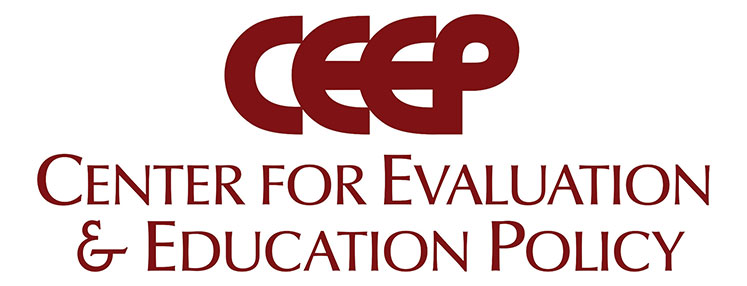Indiana should provide targeted and ongoing professional development, guidance on curriculum and support from teacher-preparation programs to help schools implement dual language immersion programs, according to a report from an Indiana University research center.
IU School of Education researchers conducted interviews and focus groups with educators from six school districts that were implementing or planning for dual language immersion programs, known as DLI. The conversations focused on benefits and challenges of the approach, in which students learn in both English and a "partner language" such as Spanish or Mandarin.
The report, "Implementing Indiana's New Dual Language Immersion Programs: Educator Perspectives," is from the Center for Evaluation and Education Policy in the School of Education. Authors are Colleen Chesnut, a research associate at the center, and Vesna Dimitrieska, director of global education initiatives for IU's Center for P-16 Research and Collaboration and the School of Global and International Studies. Findings include:
- Teachers and administrators working in dual language immersion programs have a broad understanding of their benefits but are eager to learn more.
- Challenges include recruiting highly qualified staff, finding time to plan lessons and acquiring learning materials, especially in the partner language.
- Educators are looking to state officials and policymakers for more structured support in the areas of standards and accountability.
- Certain types of professional development, such as visits to established dual language immersion programs, were seen as especially helpful in launching new programs.
"Teachers and administrators in the new DLI programs were enthusiastic about the opportunities these programs would provide to their students," Chesnut said. "They were also eager to learn about research-based practices to improve their teaching and concerned about challenges in recruiting qualified teachers and maintaining support from state officials and policymakers."
Students in dual language immersion programs typically spend part of each day learning in English and part of each day learning in the partner language. They include two-way programs, in which native speakers of each language learn together in the same classrooms, and one-way programs, in which students who are native English speakers learn in two languages.
The Indiana General Assembly created a dual language immersion pilot program in 2015 and has authorized about $500,000 a year for grants to help school districts establish the programs. Studies have found the programs can have academic and social-cultural benefits for both students who are English learners and students who are native English speakers.
The researchers recommend that administrators and policymakers require DLI-specific professional development that targets curriculum development and balances language and content; provide guidance on curricula, standards and accountability; ensure programs are faithful to research-based practices; and work with teacher preparation programs to address the need for qualified dual language immersion teachers.


